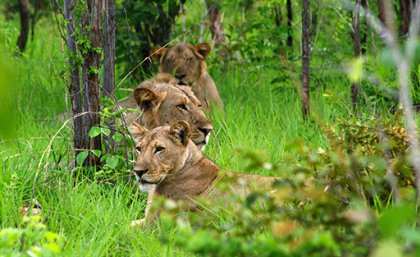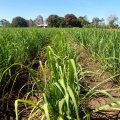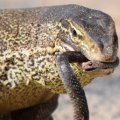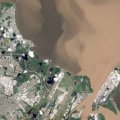
One of Africa’s last remaining wilderness areas is in good shape and could potentially support 50,000 elephants and 1000 lions, a University of Queensland-led study has found.
Niassa National Reserve is Mozambique’s largest protected area and has large populations of threatened species, but it’s one of the least biologically explored places on Earth.
UQ’s School of Earth and Environmental Sciences James Allan said the study looked at patterns of forest loss and found the reserve had lost 108 square kilometres between 2001 and 2014 due to agriculture and human settlement.
“While this loss was substantial, it’s much lower than in surrounding regions which lost several thousand kilometres of forest during the same time,” Mr Allan said.
“The findings for Niassa National Reserve are particularly encouraging in the African context because deforestation rates on the continent are five times higher than the global average, and many protected areas in Africa are losing a lot more forest.”
Mr Allan said the study found that Niassa’s protected area status had helped save it from large-scale land clearing that had occurred in Mozambique.
“With proper investment Niassa could once again support large assemblages of megafauna like elephants and lions which have been decimated by rampant poaching for meat and ivory,” he said.
The research found Niassa could provide substantial benefits to biodiversity conservation, and investing in the effective management of the reserve should be a global priority.
Wildlife Conservation Society Mozambique Country Director James Bampton said the research demonstrated just how important the protected area network in Mozambique was for protecting forests and reducing deforestation.
“Reduced deforestation equates to reduced CO2 emissions,” he said.
“We are exploring how climate change funding could be used to support our active efforts to keep deforestation rates low because intact forest ecosystems in Niassa support its outstanding and unique wildlife populations,” he said.
The study by an international team from The University of Queensland, Wildlife Conservation Society, University of Twente, Macquarie University and Mozambique’s Ministry of Land, Environment and Rural Development has been published in PARKS.
Media: James Allan, j.allan2@uq.edu.au, +61 424 982 651; Dr James Watson, jwatson@wcs.org, +61 409 185 592.










